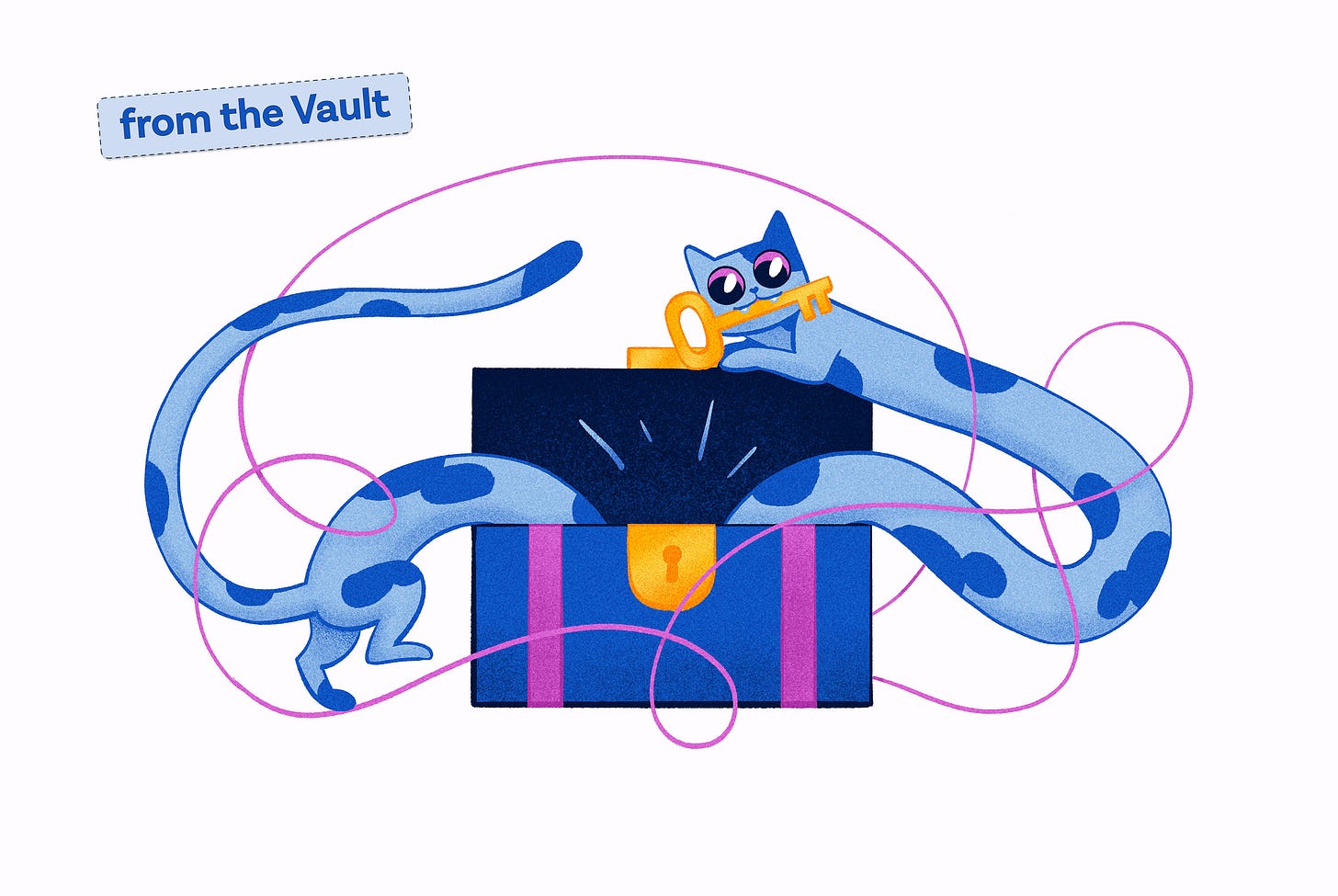Therapy
by Réka Nyitrai
After my mother gave birth to my brother she did not let my father have sex with her anymore. Instead, she preferred to have her belly caressed with a peacock’s feather. I still remember how she used to laugh and laugh… and then cry.
First published in ONLY POEMS (January, 2024)
Also, something a little extra today…here’s a snippet about this poem from our interview with Réka:
I keep returning to “Therapy”. These last lines: “how she used to laugh / and laugh… / and then cry”, tempered as they are with the ellipses feel as though they contain several poems within the one. How do you deploy elision in your work – is it an intentional, intuitive, or intellectual process? Do you find that this particular poetic device captures something about the essence of what you’re trying to communicate? These are, after all, heavy topics, so to speak. Does the act of omission and the created mystery that comes with it allow for a sense of narratorial safety, perhaps? Whether for the poet, the reader, or both?
I deploy omission intentionally. I learnt this technique by writing haiku. In haiku ‘absence’ is material — a white space. It doesn’t separate, but rather it unites. Omission lends the reader thinking space; it affords the reader an active role — to fill in that space with their own worldview, experiences and emotions. In poetry, less is often more, especially if the theme of the poem is, as you say, heavy. And yes, my topics are heavy: failed marriage, depression, unlived lives, trauma, loneliness.







Ellipsis are underused. They offer a cue to thoughtfulness, a rhythmic pause, as well as potentially unsaid language. White space, I think, is used by some poets for the same purpose but it is a burden on readers--is it intentional or not?--whereas the ellipsis is the poet holding hands with the reader (something more poets should do).
Luminous. Taut without being terse or remote. There is a spareness in this quiet little poem that is as loud as thunder.